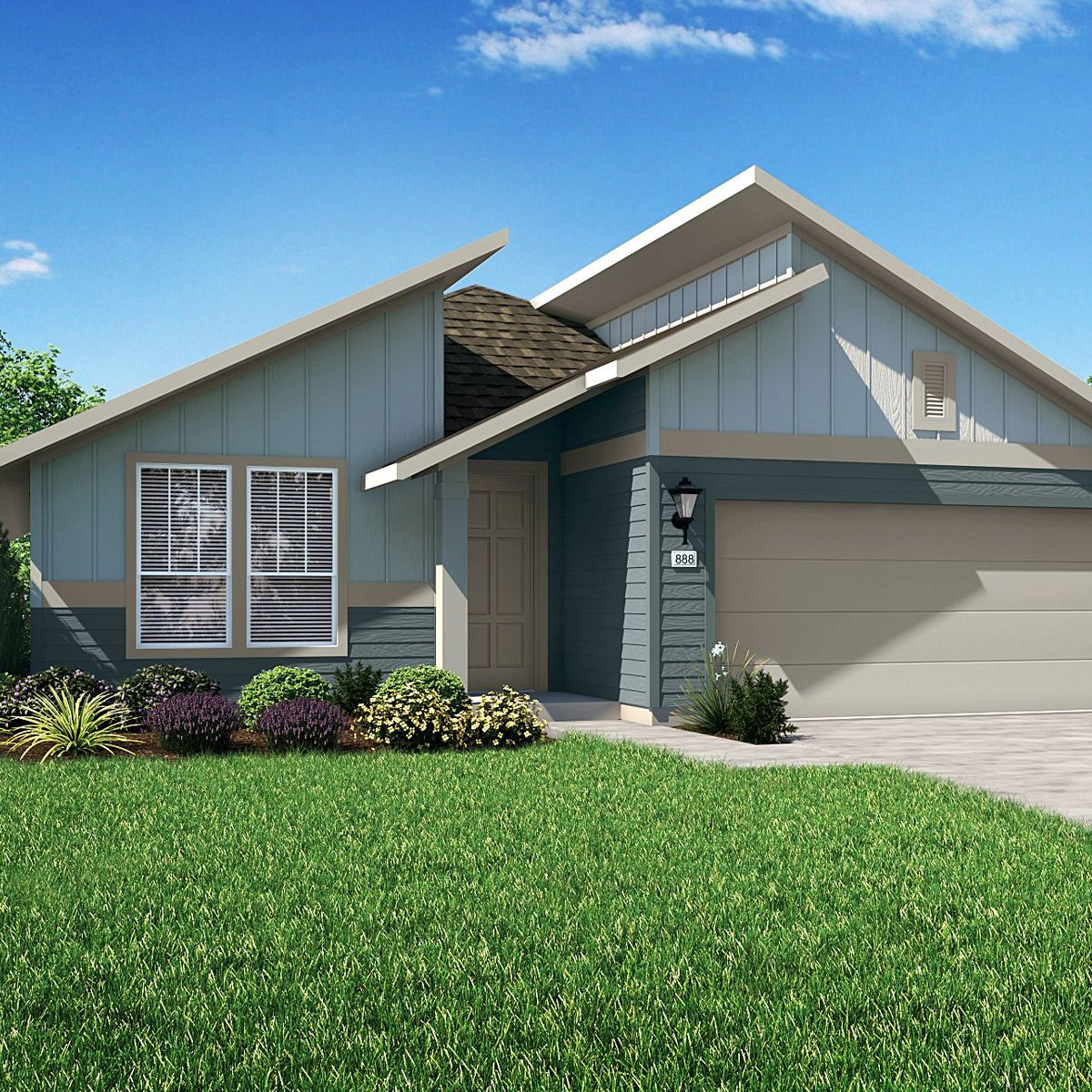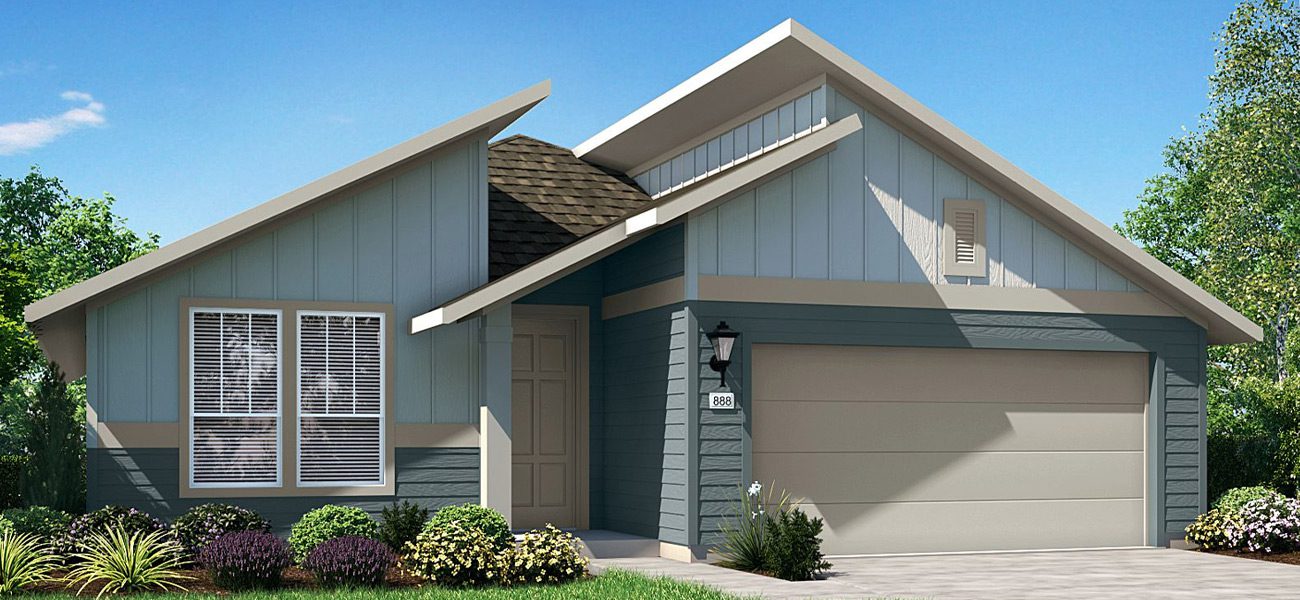Driven by a relentless desire to fight climate change and preserve our resources, every home in Whisper Valley is designed to be zero energy capable.
Whisper Valley is a 2,063 acre master-planned community that is built around sustainability and healthy living. When completed, it will include 5,000 single-family homes and 2,500 multi-family residences, a transportation hub, three Del Valle schools, police & fire stations, and an assortment of commercial services. The community features 700 acres of green space, parks and amenities which includes the 600-acre public Whisper Valley Park which will connect to East Austin’s trail system. There are many more amenities such as a resort pool, fitness center, activity rooms, a demonstration kitchen, pocket parks and playgrounds, a dog park, extensive trails, and several professionally-managed organic gardens.






